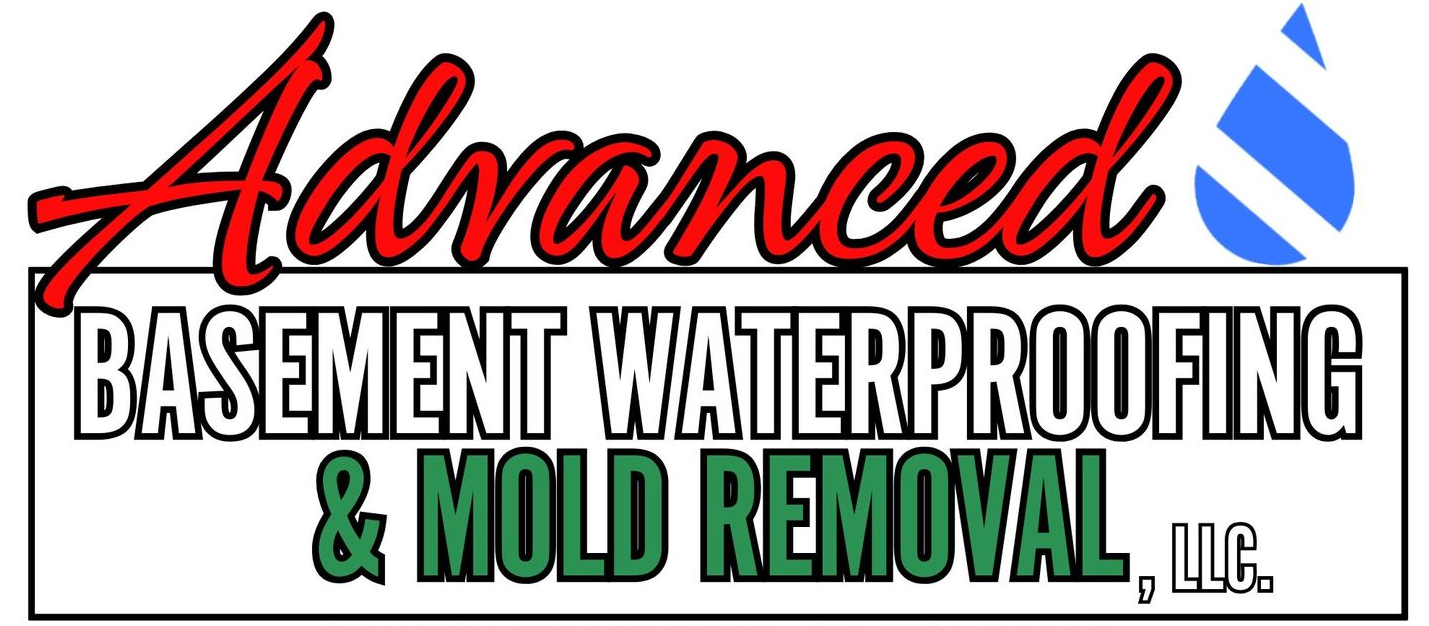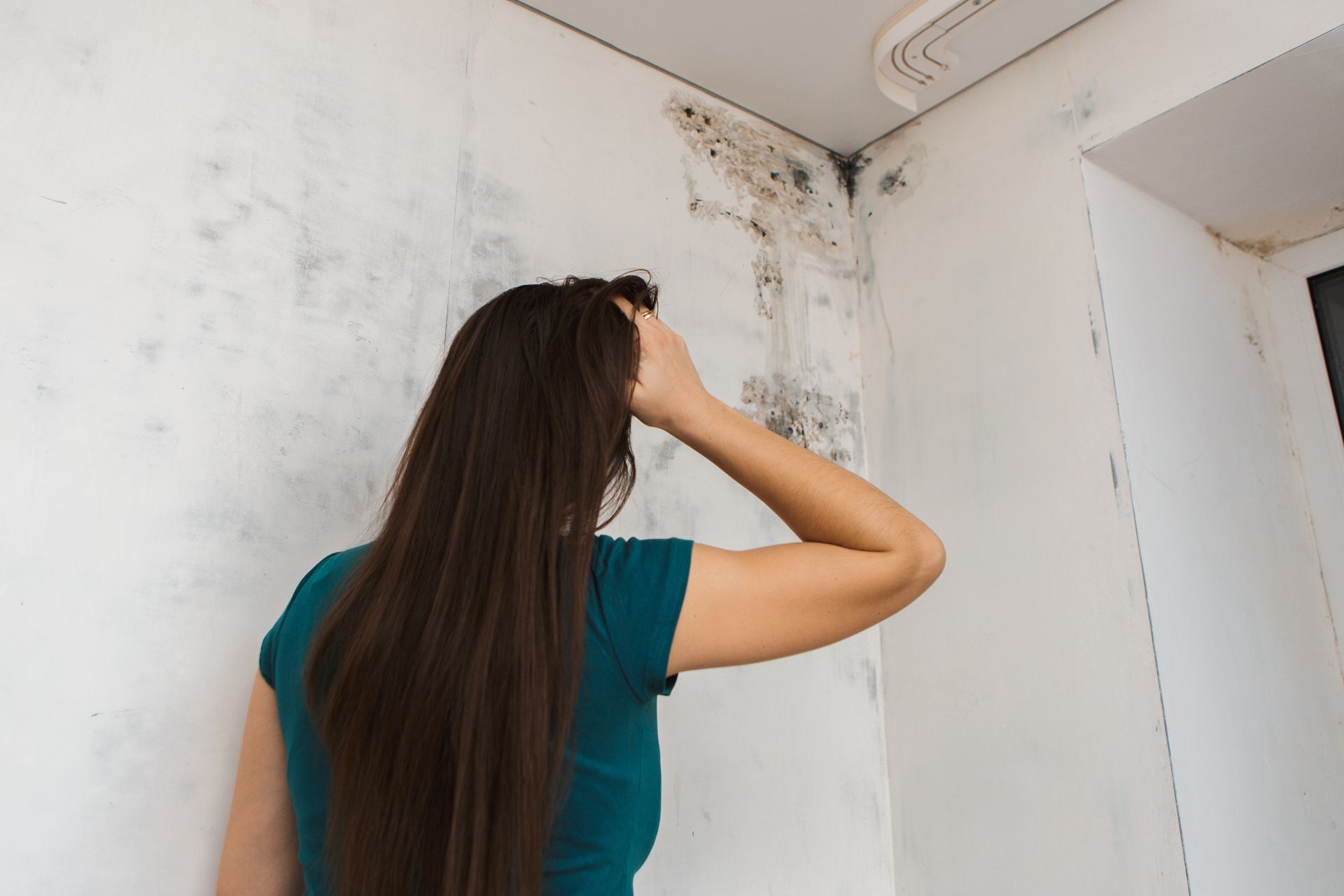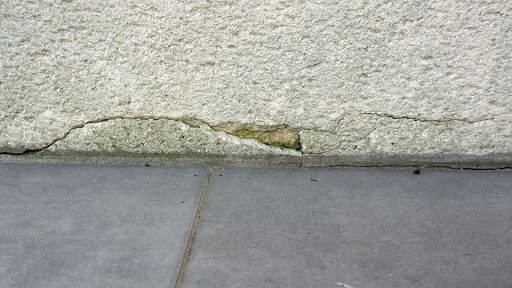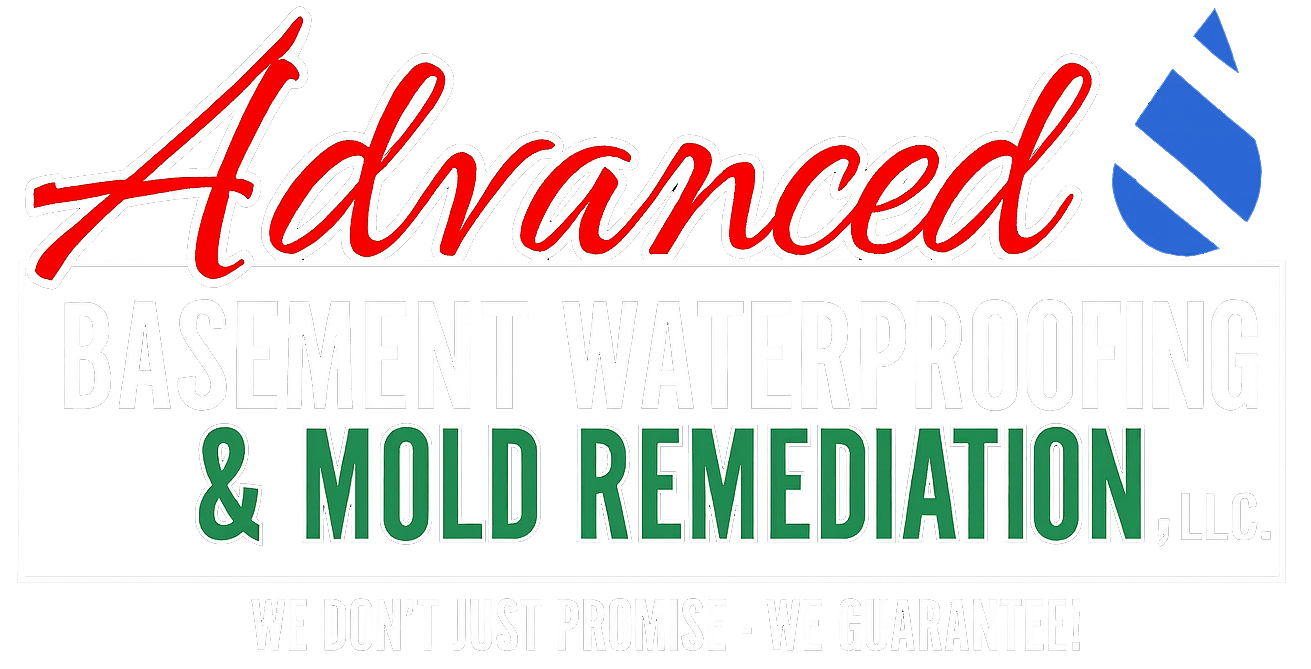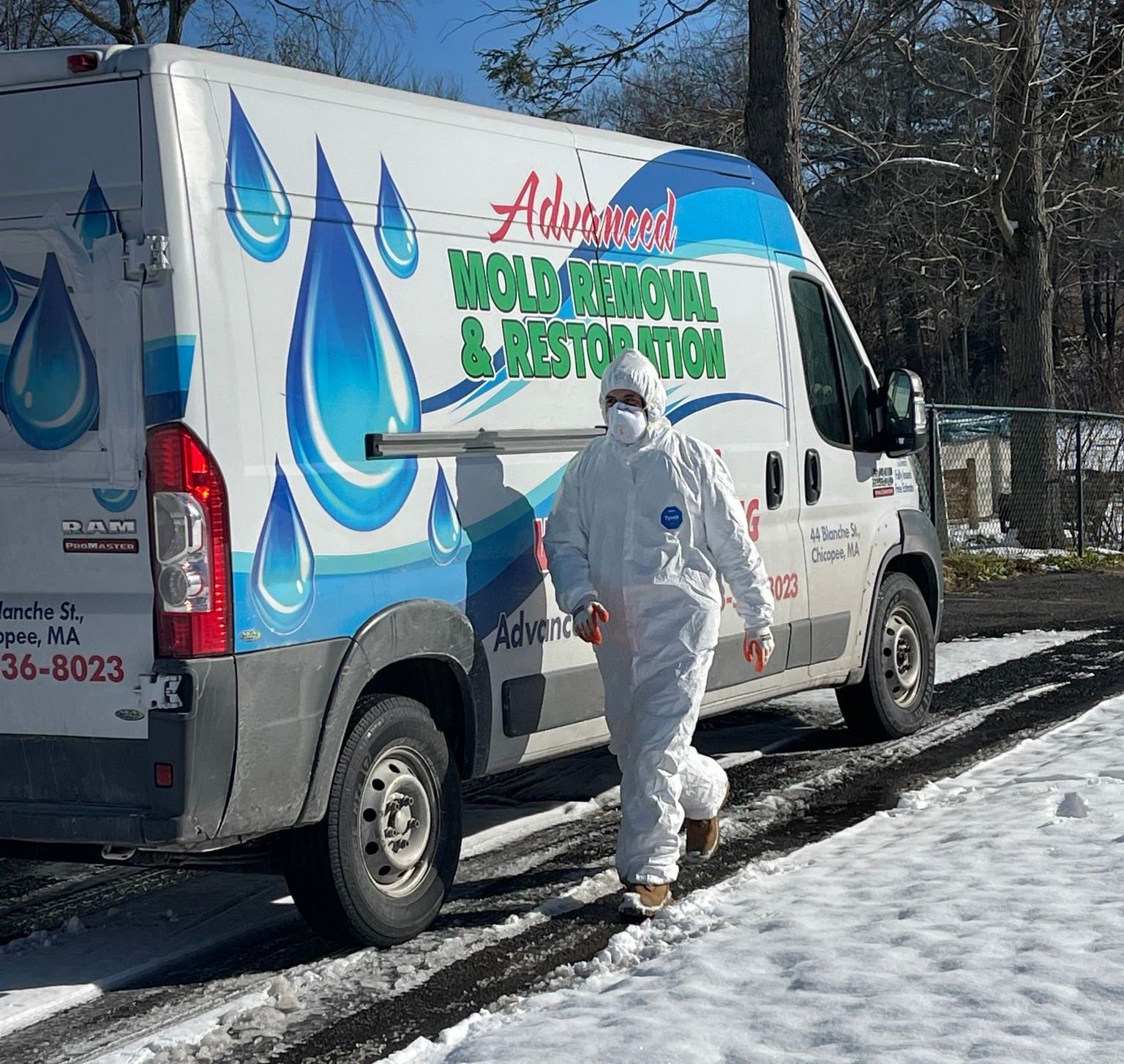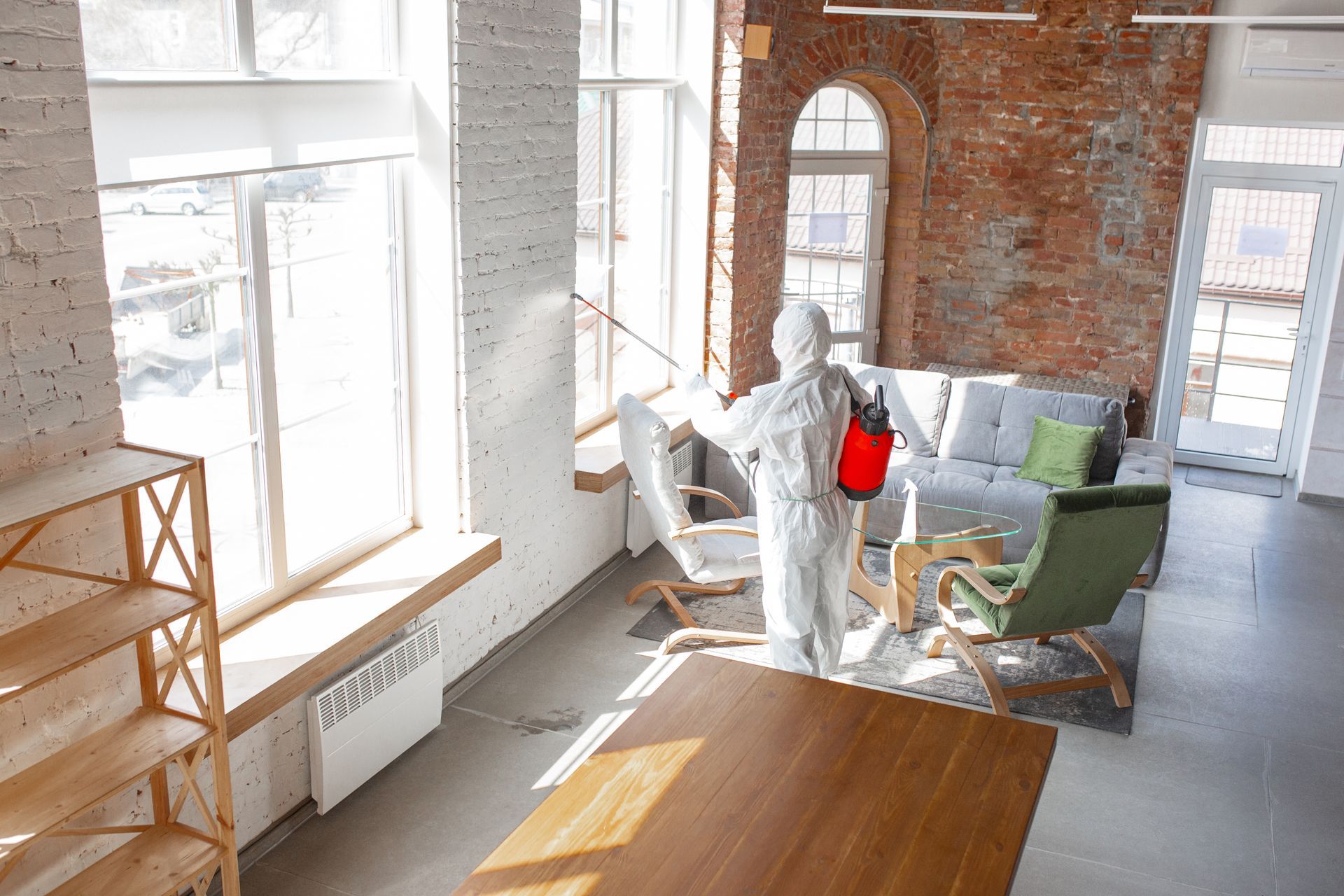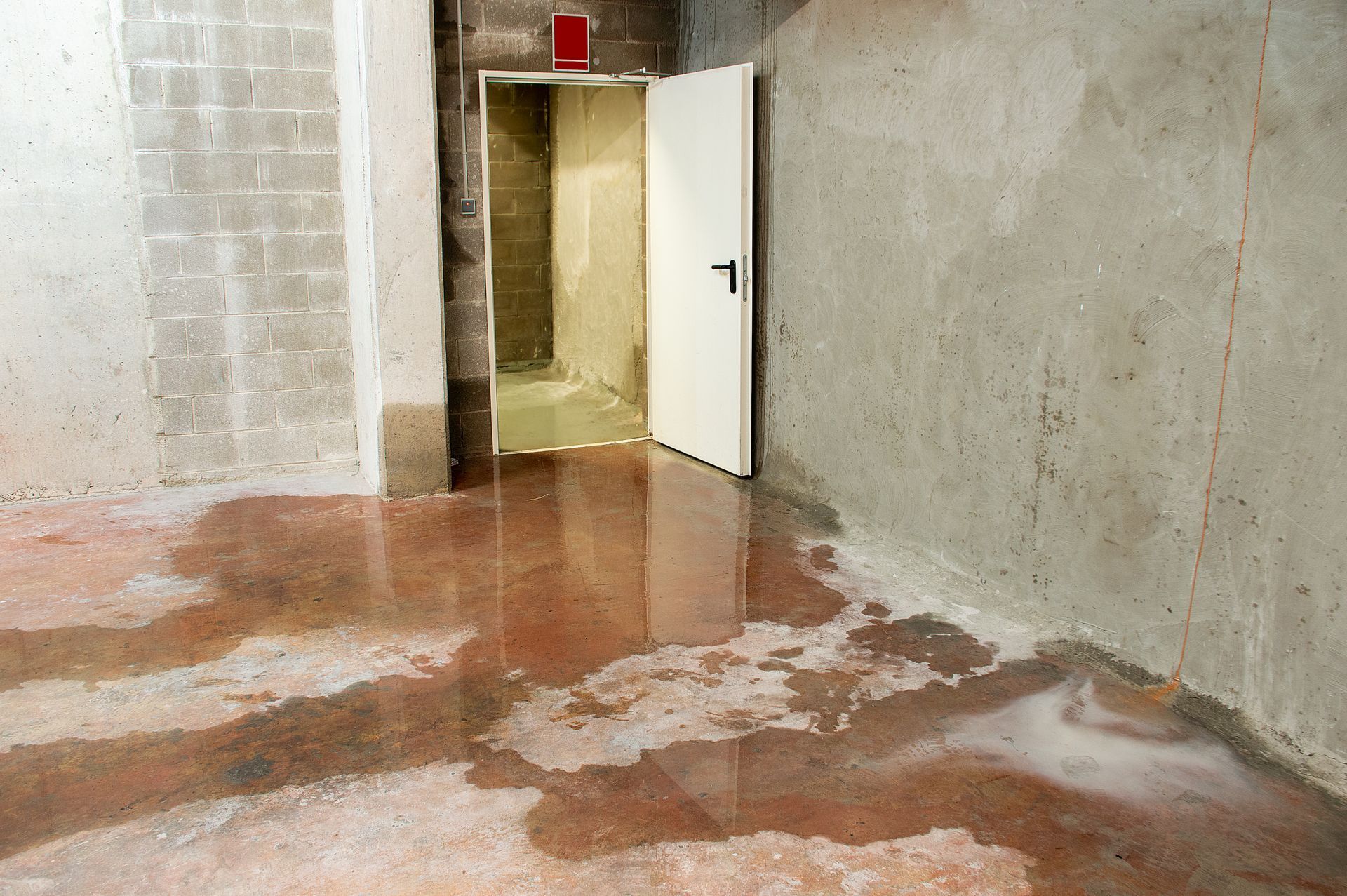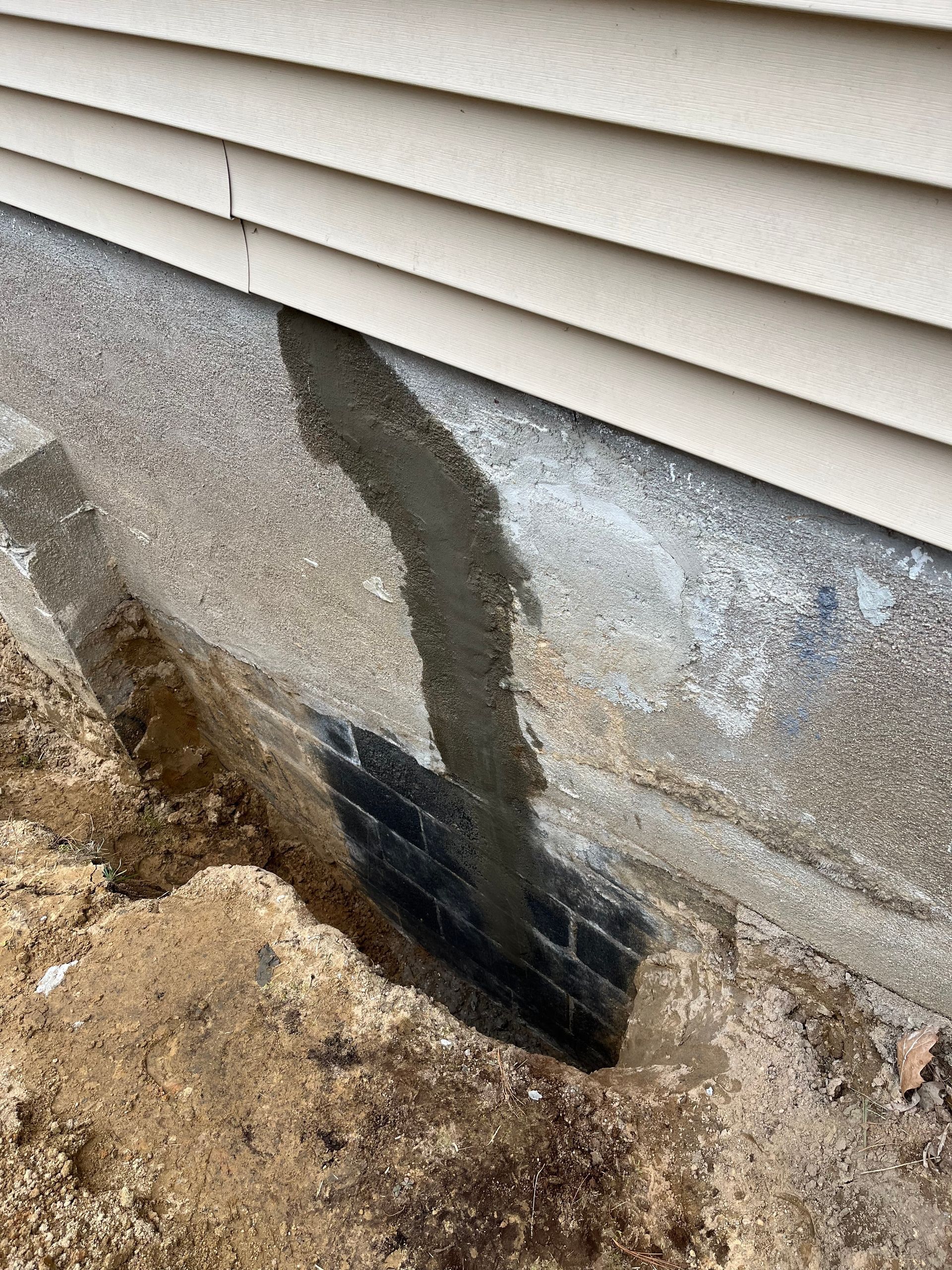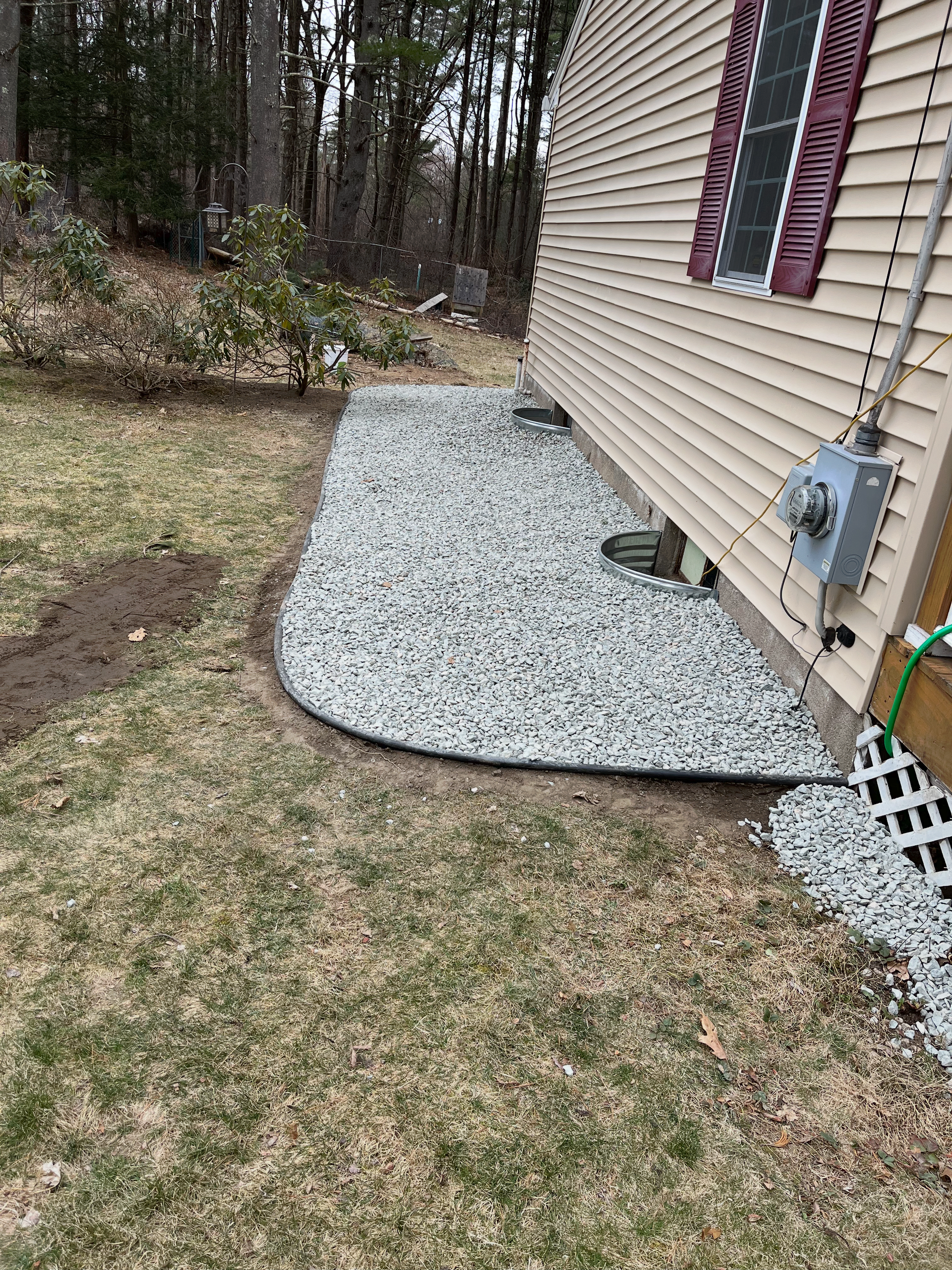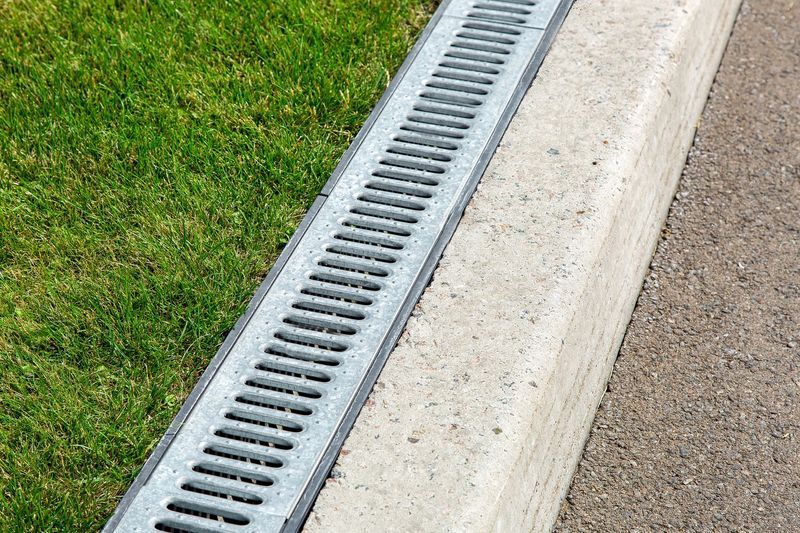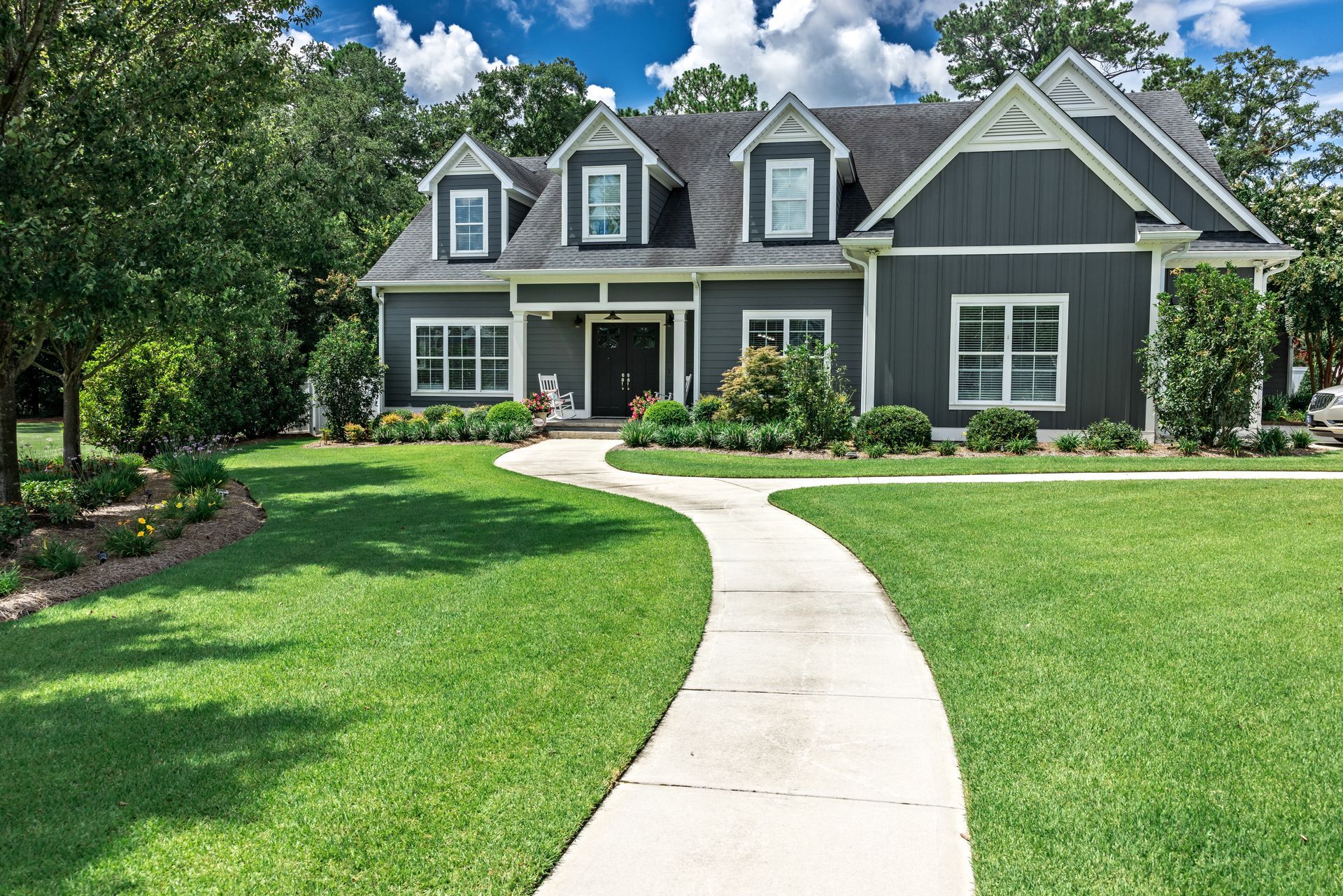Tips for How to Flood Proof a Basement
By Advanced Basement Waterproofing • June 27, 2025
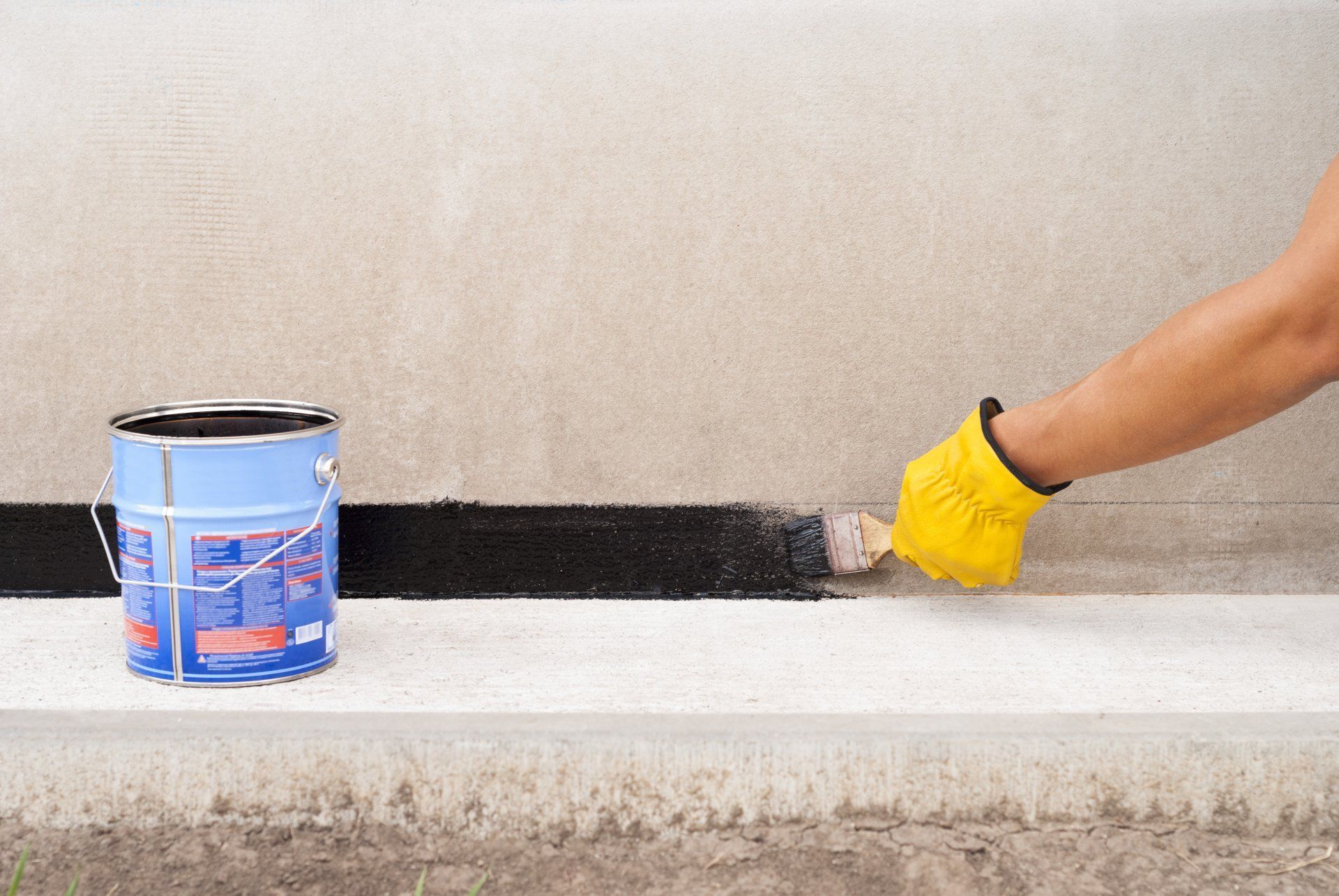
Basements are often prone to flooding, especially during the spring thaw or a heavy rainstorm. If your basement is not properly protected, you could find yourself dealing with water damage and costly repairs. In this article, we'll cover tips on preventing water from entering your basement as well as what to do if you experience water intrusion.
Flood Proofing Recommendations to Prevent Basement Flooding
There are a few things you can do to help flood proof your basement and prevent flooding. Here are 5 tips to lower your flood risk and protect your basement:
Tip 1 Seal Your Basement

One of the most important things you can do when flood proofing your home is to seal your basement. Sealing your basement will help keep water out and protect your home from moisture damage and enhance flood protection. You can seal your basement with a waterproofing membrane or sealant. Be sure to seal visible cracks and openings in your basement walls and floor. In addition, add new caulking around basement windows, doors and hatchways. A simple caulk seal around these openings can help keep water out. Remember, water will always follow the path of least resistance and look to enter any areas that are exposed. Seal windows, basement walls, cracks and other areas to keep water out.
Tip 2 - Improve the Roof Drainage System

If your home has a gutter and downspout system, be sure that it is properly draining water away from your home. The gutters should be pitched so that the water flows towards the downspouts, and the downspouts should discharge water at least 10 feet away from your home. If your drainage to too close to your home's foundation, look into installing downspout extensions. Downspout extensions help to carry the water further away from your home and can be installed for a relatively low cost.
Also, are your gutters clean? Clogged gutters can lead to water spilling over and down the side of your home, eventually making its way to your basement. Keep your gutters clean and free of debris to ensure proper drainage.
Tip 3 - Properly Grade Around the Foundation

The ground around your home will settle over time. Changes in the landscape may negatively affect the soil grade surrounding your home. If you have any areas that have settled to a pitch that moves groundwater toward your home, you will need to correct it. Left unattended, groundwater can flow down pitches in your soil, patios, driveways and cause basement flooding. You can correct this by regrading the soil or installing drainage systems.
Tip 4 - Install French Drainage Systems

A French drain system is a perforated pipe that is installed in the ground. The pipe is covered with gravel and allows water to flow through it and away from your home. French drain systems are a good solution for homes with a high water table or a basement that often floods. French drainage systems should be installed by a licensed basement waterproofing company near you.
If you have experienced basement water issues in the past, it is a good idea to take some preventative measures to help protect your home in the future. By following these tips, you can help reduce the chances of water entering your basement and causing damage.
Tip 5 - Install a Sump Pump
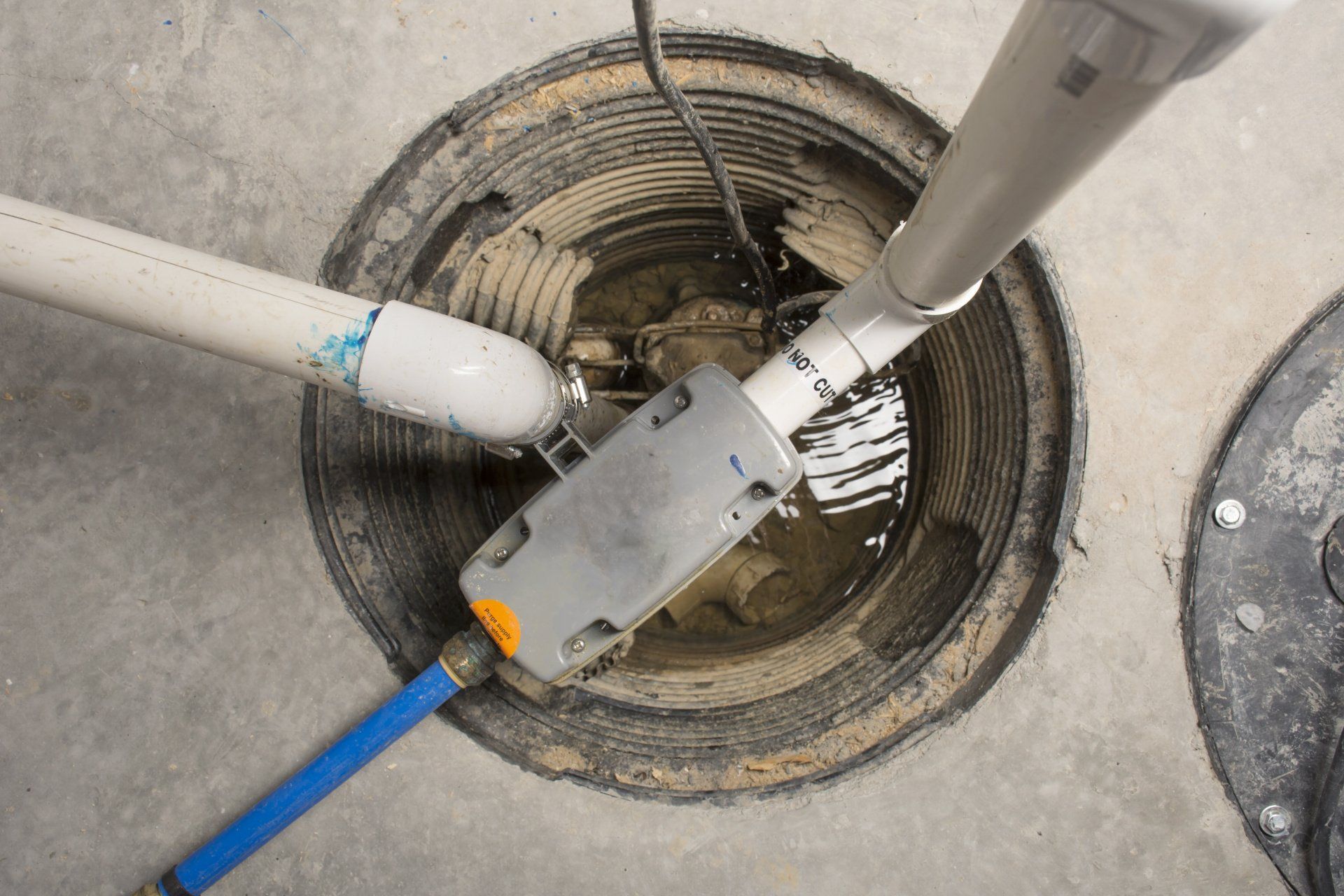
If your basement is prone to flooding or your property has a high flood risk, consider installing a sump pump. A quality sump pump can help keep your area dry during heavy rains or melting snow. Make sure to size the sump pump properly for your needs and install it in an area that is easily accessible.
If you have a basement, taking some of these simple steps to flood proof your home. If you're located in Western Massachusetts or in Hartford County Connecticut, Advanced Basement Waterproofing can provide solutions to waterproof your basement. Learn more about basement waterproofing.
What to Do if Your Basement Floods
Even with the best flood proofing measures in place, it is still possible for your basement to flood and cause flood damage. If you have water in your home, here are some steps you can take to minimize the damage:
Remove the Water
The first step is to remove as much water as possible. You can do this by using a wet/dry vacuum or pump. If there is water standing in your basement, it is important to remove it as quickly as possible. Water can lead to floor damage, property damage, a potential foundation problem, and moisture can lead to dangerous mold.
Dry Your Basement & Keep Your Basement Dry
Once the water is removed, it is important to dry the area completely. This can be done by using fans and dehumidifiers. If the area is not dried quickly, you may experience mold growth and other water damage. Properly drying the area may require professional help and multiple commercial-grade fan systems.
Clean Up the Damage
Once the area is dry, it is time to start cleaning up the damage. This can include removing wet carpets and furniture, replacing drywall, and repairing any electrical damage. It is important to remember that water damage can cause long-term problems and it is best to seek professional help as soon as possible.
If your basement experiences water intrusion, take these steps to minimize the damage. If you're located in Western Massachusetts or in Hartford County Connecticut, Advanced Basement Waterproofing can help you clean up the damage and restore your basement to its original condition.
Maintain a Dry Property with the Proper Waterproofing Systems
Advanced Basement Waterproofing is a full service basement waterproofing contractor servicing Hampden County, Hampshire County, Franklin County and Hartford County. We offer a wide range of services to help you maintain a dry property, including drainage systems, sump pumps, french drain installation, and more. If you are experiencing water intrusion in your home, please call us today for a free quote!
Frequently Asked Questions on Basement Flood Proofing
Q: What are the most common causes of basement flooding?
A: The most common causes of flooding include rain, heavy rains, melting snow, a faulty sump pump, and improperly installed drainage systems.
Q: Will sandbags prevent basement flooding?
A: Sandbags can help to divert water from your home, but they are not a permanent solution and should not be used as a sole means of flood protection.
Q: Does flood insurance or homeowners insurance cover basement damage?
A: It is important to check with your insurance company to see what is covered. Some flood insurance policies do cover flood damage.
Q: What is backwater valves and should I install them?
A: A backwater valve is a device that helps prevent water from flowing back into your home from the sewer system. It is a good idea to install backwater valves if you are located in a flood-prone area.
Q: What kind of flooring is best for basements that flood?
A: It is important to choose a flooring that is waterproof. Some good choices include tile, vinyl, or rubber flooring. Wood and laminate flooring are not recommended for areas that may flood. If you have a crawl space, you may also want to use water-resistant flooring to minimize any flooding and water damage that may occur.
Q: Can you have a finished basement in a flood-prone house?
A: It is possible to have a finished basement in a flood-prone house, but it is important to take some precautions. Some things you can do include installing a waterproofing system, choosing the right water resistant flooring, installing a sump pump as well as some of the recommended tips covered in this article.
Additional Services
Request Service
Questions? Contact Us
(413) 536-8023
-or-
Submit A Request
Home
We will get back to you as soon as possible.
Please try again later.
